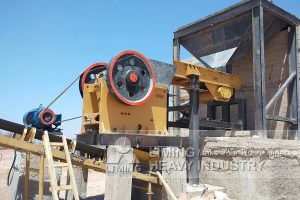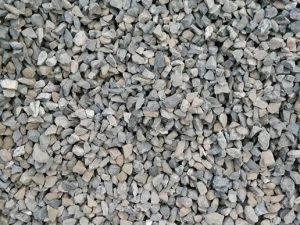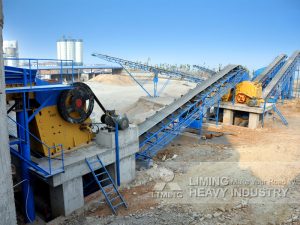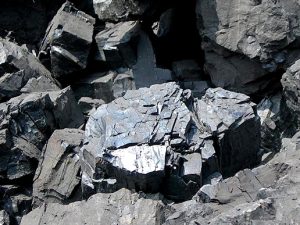
Calcium carbonate (CaCO₃), a versatile mineral widely used in industries like plastics, paints, and construction, requires precise crushing and processing to meet diverse application standards. This article explores advanced methodologies to optimize its production efficiency and product quality.
1. Crushing Technology
Primary crushing involves coarse grinding using jaw or hammer crushers to reduce raw limestone or marble into 50-100 mm particles. Secondary grinding with roller or ball mills further refines the material to 10-50 µm. For ultrafine applications (<1 µm), advanced techniques like high-pressure homogenization (e.g., explosive spraying at 0.1 mm nozzles under superhigh pressure .

2. Surface Modification
To improve compatibility with organic matrices, surface treatment is crucial. Bimolecular coating methods, where agents like stearic acid or aluminum chloride are applied based on particle size (dp), ensure controlled hydrophobicity and dispersion . For example, adding 0.1–0.5% barium carbonate (BaCO₃) during processing stabilizes crystal growth and reduces agglomeration . Modified particles exhibit >99% activation rates and superior mechanical properties in composites .
3. Dust Control and Resource Utilization
Crushing generates significant dust, which is mitigated through closed-loop systems with cyclones and bag filters. Recent innovations repurpose waste gases (e.g., CO₂ from industrial exhaust) for carbonation reactions, reducing emissions and raw material costs . For instance, integrating melamine tail gas into Ca(OH)₂ suspensions produces nano-CaCO₃ with 40–80 nm particle sizes, enhancing sustainability .
4. Quality Control and Dispersion
Post-processing, centrifugal dispersion devices are used to break agglomerates. Multi-stage collisions between particles and centrifugal disks (e.g., four-phase dispersion .
5. Environmental and Cost Efficiency
Optimized energy consumption is achieved via automated grinding controls and waste heat recovery. For example, using 30% Ca(OH)₂ slurry reduces water usage by 20% compared to traditional methods . Additionally, recycling process water and minimizing chemical additives align with green manufacturing trends.
Conclusion
Advanced crushing, surface modification, and resource-efficient processing transform calcium carbonate into high-value products. By adopting technologies like ultrafine grinding, gas recycling, and smart dispersion, manufacturers enhance both economic and environmental performance.



